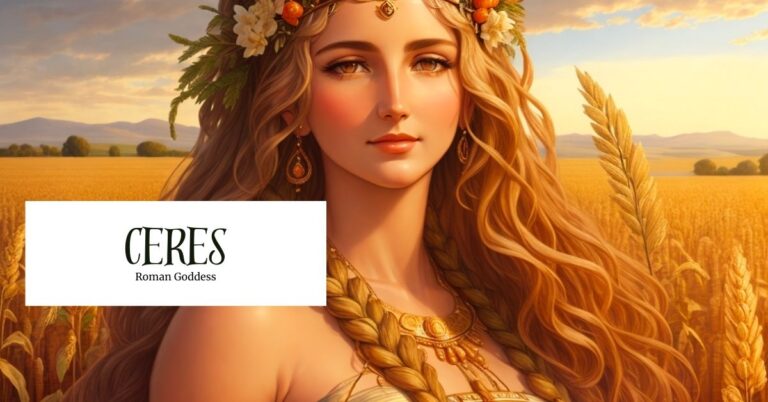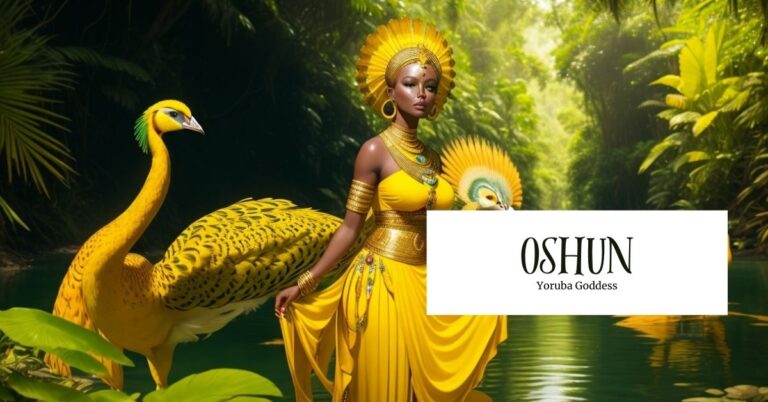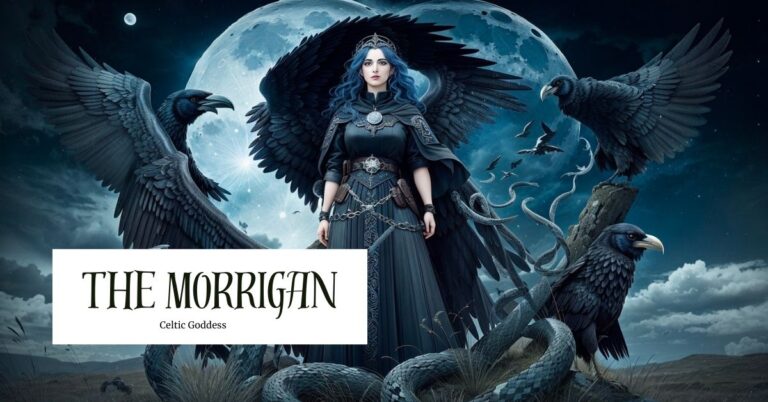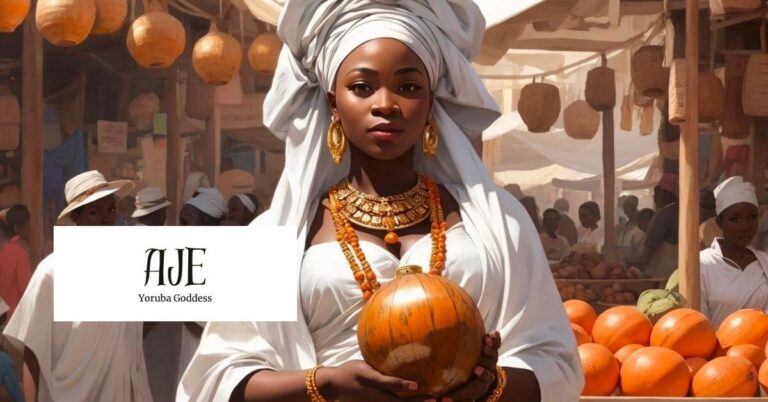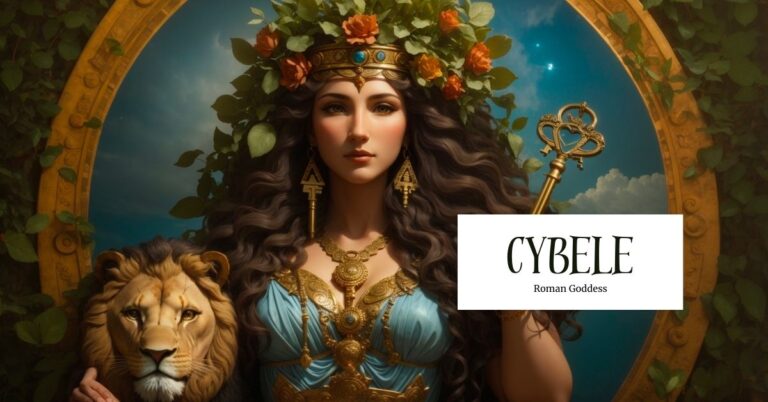Isis: Goddess of Magic and Queen of Heaven
Isis is known as one of the most important goddesses in ancient Egyptian history. Known for her incredible healing and magical powers, Isis is a maternal role model to the women of Egypt and her importance stretched to Europe and the Middle East. Her powers are one of the strongest magical powers of the gods. Isis is perhaps best known for her relationship to the king of the underworld, Osiris. At one point, Isis and Osiris became the most worshiped deities in Egypt.
Overview of Isis
Isis is best known for being the goddess of healing and magic and is specifically geared toward protecting women and women’s issues. The name “Isis” is actually the Greek name for the goddess, but Egyptians knew her by “Aset.” Isis is well-known for her relationship to Osiris. The two are siblings and were in love with each other since the womb. In the first millennium BCE, Osiris and Isis became the most worshiped deities and a “power couple” of ancient Egyptian mythology. Their son Horus solidified that family as a divine trinity and a powerful Egyptian family.

Source: Louvre
Titles
The name Isis, and Aset, translates to “Queen of the Throne.” Isis is a mother figure and lots of her titles relate to that aspect of her. “The mother of all gods” and “divine mother” are just two examples. “Queen of all gods, goddesses and mothers” is another popular title for Isis.
Abilities
Isis has a variety of abilities, mostly revolving around her magical powers. Isis is known as the bringer of magic, and she was able to use that magic to heal others, bring back the dead, transform objects and more. Her magical powers were the strongest of all of the other Egyptian gods and goddesses and was able to protect the kingdom from its enemies by herself. Her powers were even stronger than her husband Osiris and her grandfather, the mighty son god, Ra. Lots of her powers deal with sickness and death. Isis is able to help citizens mourn the dead and teach them grief before she was able to bring them back to life. Isis uses her magic to perform healing spells on ordinary citizens.
Unique to Isis is the ability to absorb traits from other goddesses. She can absorb many of the funerary goddesses’ roles, specifically the goddess Hathor.
In ancient Egyptian texts, no deity speaks more than Isis. Her ability to communicate effectively and interact with ordinary citizens through speech makes her especially unique.
Characteristics
Isis is depicted as a human woman who wore a sheath dress. Sometimes, she is portrayed as a scorpion, cow, bird or sow. Isis is often seen with various headdresses. She wears headdresses associated with other goddesses when she assumed their traits, one of her unique abilities. The vulture headdress represented the goddess Mut and the headdress with the disc with horns represents the goddess Hathor. Isis is sometimes depicted with wings. Isis and her wings brought fresh air to the underworld when she went to go visit Osiris, her husband.
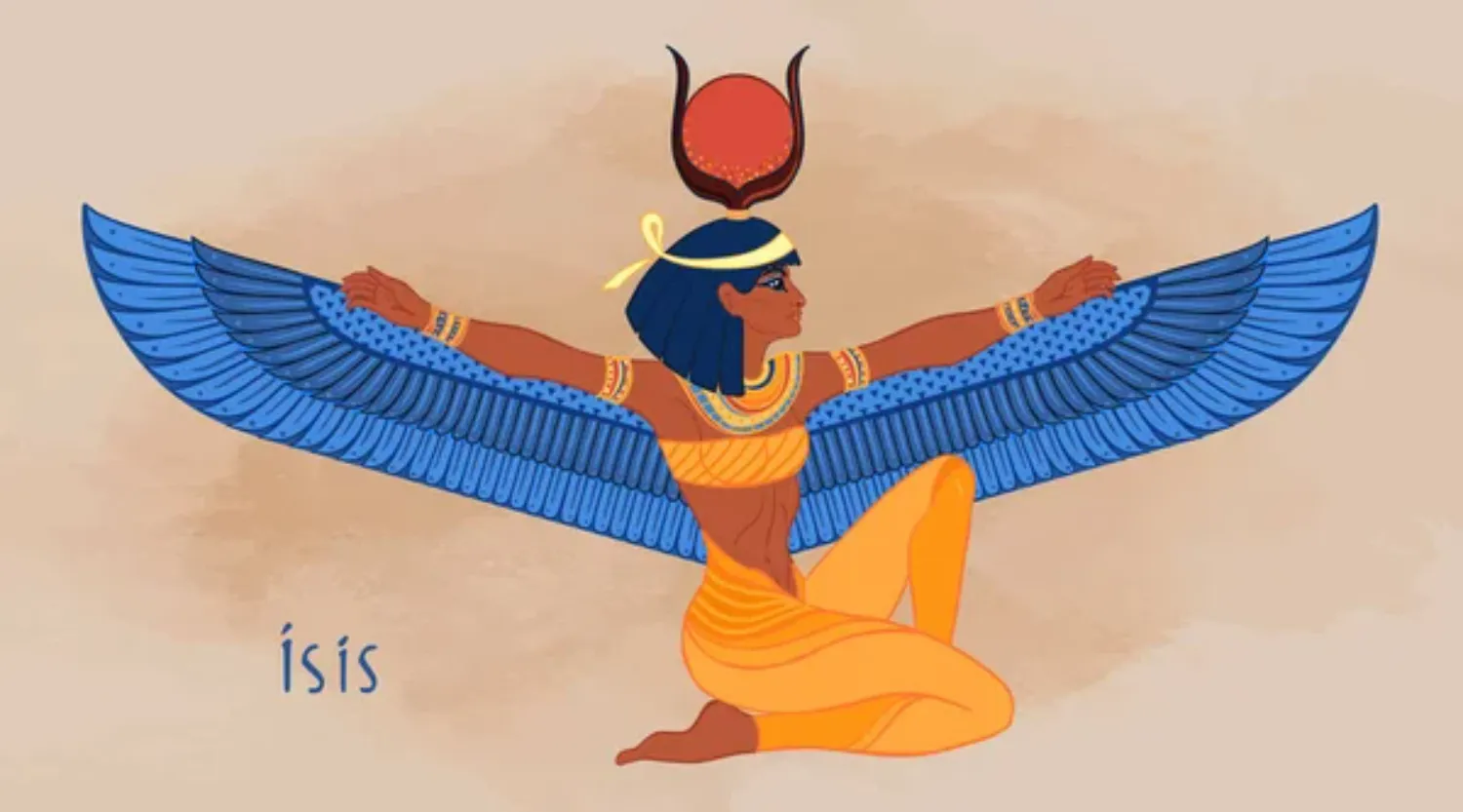
Source: Connolly Cove
Traits
Isis originally was an obscure and unknown goddess who lacked real dedication and importance, but grew in popularity and importance as the dynastic age progressed. She is a principal deity of the dead and was connected to rituals with the deceased. Isis has lots of ties to the underworld, since her husband ruled that area, and also dealt with ordinary citizens and their grief and mourning of the dead.
The goddess is also seen as an ideal traditional Egyptian mother and wife. Isis is content to be in the background and nurture, but is a fierce and loyal protector of her family when the time came. Her motherly instincts are prominent and strong.
Symbols
The hieroglyphic sign of the throne is often in deceptions of Isis, most likely in relation to her son Horus as a leader and Isis’ connection to being the mother of the pharaohs. Kites and falcons are big symbols of Isis because those were used to revive Osiris in the myth of Osiris’ death. Kites symbolize freedom and protection in Egypt. Isis used a kite because it allowed her to move quickly to find Osiris throughout Egypt. Heifers were also symbols of Isis because of her motherly nature and connection to fertility.
Source: The Met Museum
Festivals and Rituals
Isis, similar to Bastet, had a big cult following. Rulers in Egypt and Nubia built temples dedicated to the goddess. Her cult spread to the Roman Empire and was worshiped all over from England to Afghanistan to Rome to Paris and more.
Egyptians held a festival in dedication to Isis with a huge harvest to earn her respect and favors. The people also performed chants at the ceremony, perhaps another piece of history that alluded to Isis’ role as a communicator.
Isis’ special spoken communication was significant in the development of her cult and made this cult especially important in history. Isis would speak to her cult community often—more so than the gods. Her words helped those deal with grief and accept the fate of the deceased.
Legends associated with Isis
Isis is among the first group of gods and goddesses said to create the world as we know it, according to Egyptian myth. Her stories of resilience and dedication to her family makes her an important role model to the Egyptian community.
Origin story
According to a popular ancient Egyptian myth, Isis is part of the first creation of Egyptian gods and goddesses. The world was dark and watery at the beginning and that is where Atum, considered the first Egyptian god, created himself sitting on a mound that emerged from the waters. Atum created his children, Shu and Tefnut, by spitting them out of his mouth. His children then birthed Geb and Nut, and from them came Osiris, Isis, Seth and Nephthys. This was the creation of an ennead, groups of gods and goddesses in the number nine. Numbers were sacred in Egyptian culture, and nine was no exception. Nine could stand for “all gods.” Egyptians used the number three as plurals, so nine was the plural and plurals. Isis is part of the first family of nine that kickstarted the Egyptian deities in ancient Egyptian culture.
The Death of Osiris
The jealous and angry brother of Osiris, Seth (also known as Set), dismembered Osiris and scattered his body parts throughout Egypt. Isis was dedicated to finding her lover and searched Egypt for his body. The other Egyptian deities were so impressed with Isis and her dedication to Osiris, that they helped her revive him. Isis used her powers to put him back together, but he was neither dead or alive. He became a mummy and Isis then bore him their son, Horus. Osiris had to retreat to the underworld due to his state and became king of the dead. Isis and Horus lived in the Nile delta where Horus could stay hidden until he was fully grown and could avenge his father and claim the throne. Horus and Seth then were able to battle, but Isis was also Seth’s sister and felt pity for him during the battle. In one ending of the story, Isis helped Seth but was then beheaded by her son as a consequence. The beheading was reversed by magic and Isis and her son reconnected. Horus then took his place at the throne.
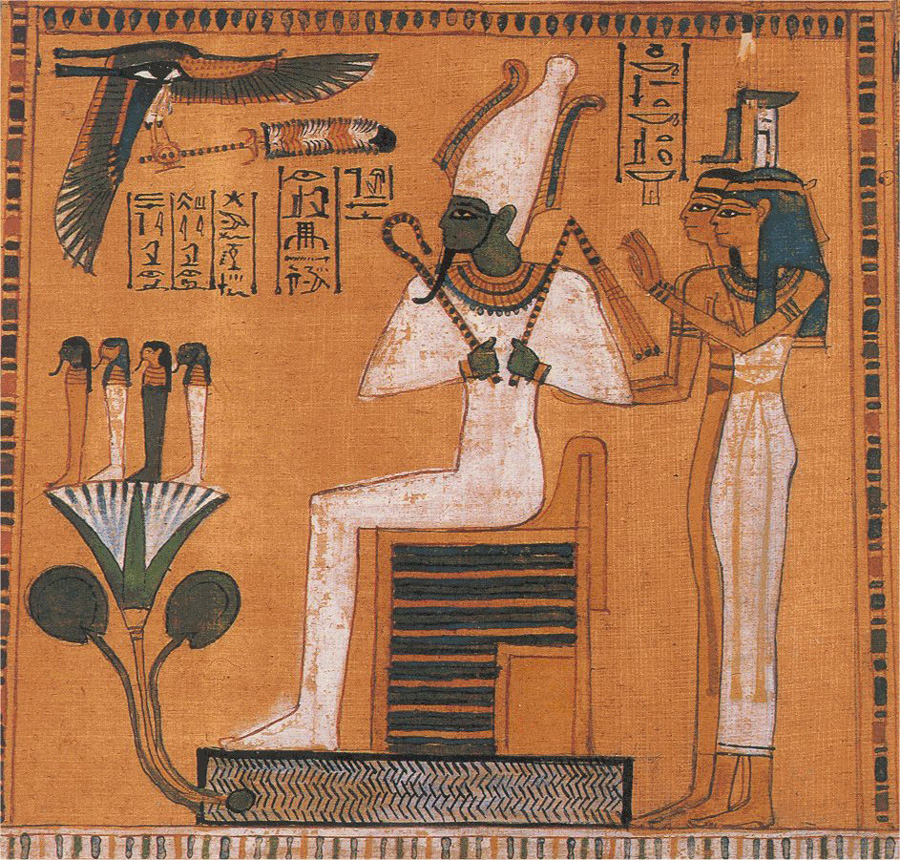
Source: Phoenician
The Poisoning of Ra
Before Horus was born, Isis began plotting his ascent to the throne. Although her magic was extremely powerful, it was difficult to harm Ra, her grandfather, because he was the mighty son god. Isis was clever and collected some of Ra’s drool, for he was old and tended to drool due to his ancient age, and used that mixed with clay to create a cobra. Isis was able to bring the clay cobra to life and guide it to the path that Ra often took daily. The cobra was able to strike Ra, and because it was made from part of him, Ra could not overcome the pain. Isis approached Ra and offered to cure him if he told her his true name. In Egyptian mythology, knowing someone’s “true name” gave you power over that person and was a guarded secret. Ra tried to trick Isis by giving her names he was known by, but not his true name. Isis would not budge as Ra’s pain intensified. Isis and Ra came to an agreement that if Isis cured him, Ra would give Horus, who was still unborn, his eyes. Ra’s eyes meant the sun and the moon, which were the sources of his power. This event laid part of the exposition for Horus to take his place at the throne and become a sun god himself, just like Ra.
Influences of other religions/cultures on Isis
Like many Egyptian deities, the worship of Isis ended with the rise of Christianity. However, little details of Isis may still be represented in Christianity. The worship of Isis may have influenced the worship and devotion to Mary, a figure in Christianity, but the evidence is ambiguous. Images of Isis nursing her son Horus may have also influenced Christian artists for portrayals of Mary and Jesus.
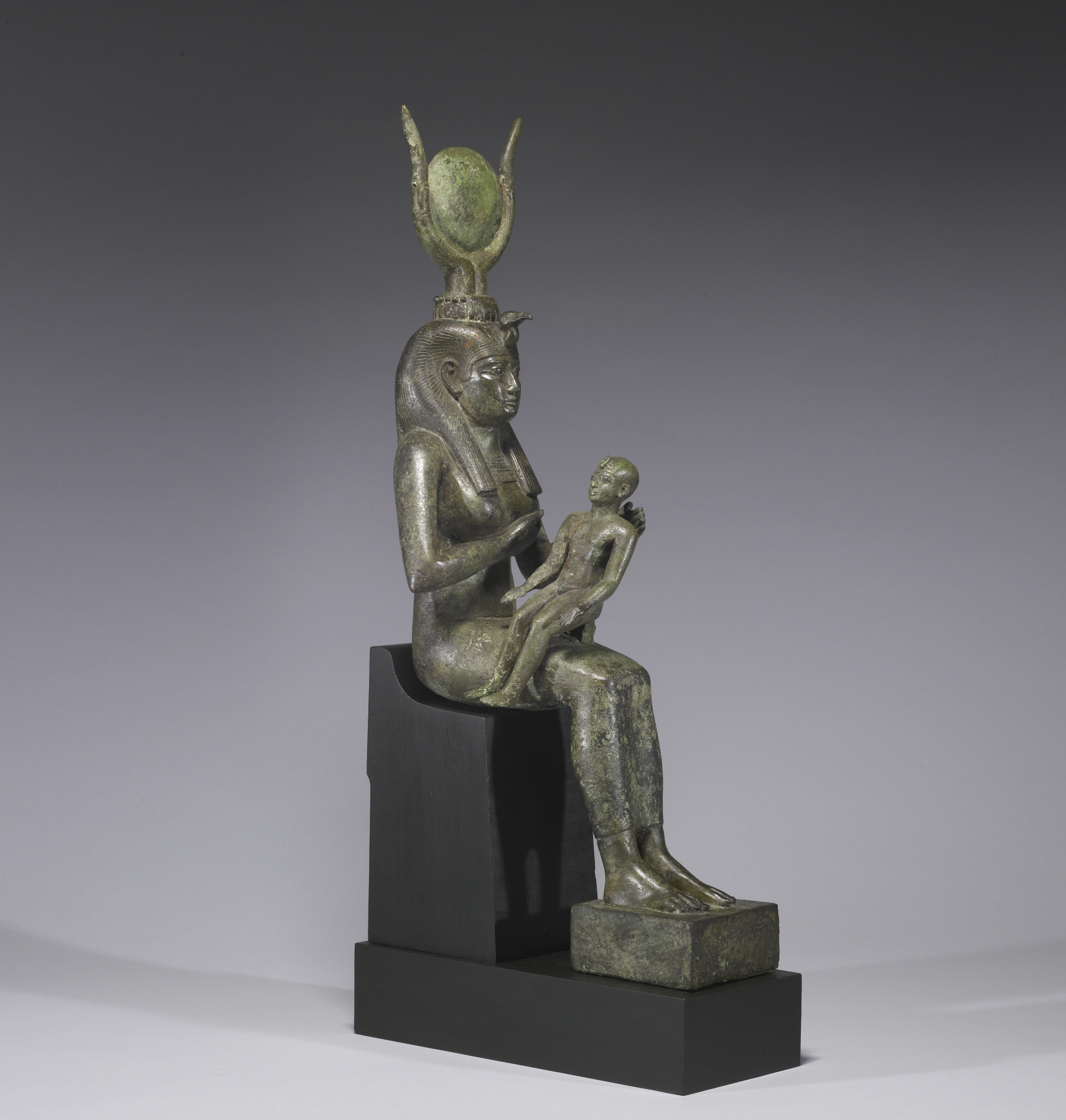
Source: The Walters Art Museum
Modern appearances
Besides the possible clues in Christian art, there isn’t a ton of Isis in modern society. Isis and Osiris are depicted on the ceiling of Pope Alexander VI’s private apartments in Italy. Bob Dylan’s popular song “Isis” also has several references to Egypt.
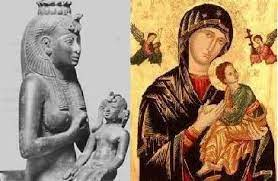
Source: Columbia
Final thoughts
Isis’ impact on Egyptian culture and history is immense. Her dedication to her role as a mother and a wife is admirable. Isis’ dedication to her family made her a big role model to women in ancient Egyptian times. Her magical abilities were used to service deities as well as ordinary citizens. Isis’ impact on speech and communication made her an important historical marker in Egyptian history and parts of Isis can still be seen today in modern Christianity. Although she isn’t worshiped anymore, the legends and abilities surrounding the goddess makes her a memorable and significant part of Egyptian mythology.
Sources
Bommas, M. (2022, July 21). “I am isis”: The role of speech in the cult of Isis. Egypt and the Classical World: Cross-Cultural Encounters in Antiquity. https://www.getty.edu/publications/egypt-classical-world/03/#fn:1
Encyclopædia Britannica, inc. (n.d.). Isis. Encyclopædia Britannica. https://www.britannica.com/topic/Isis-Egyptian-goddess
Ennead. The Global Egyptian Museum | Ennead. (n.d.). http://www.globalegyptianmuseum.org/glossary.aspx?id=147
Goddess Isis: Fascinating facts about the mother of all gods. TheCollector. (2021, September 24). https://www.thecollector.com/ancient-egyptian-goddess-isis/
Isis. Explore Deities of Ancient Egypt. (n.d.). https://egyptianmuseum.org/deities-isis#:~:text=Great%20mother%20Isis%2C%20the%20goddess,which%20is%20typically%20a%20throne
Isis. Mythopedia. (n.d.). https://mythopedia.com/topics/isis


